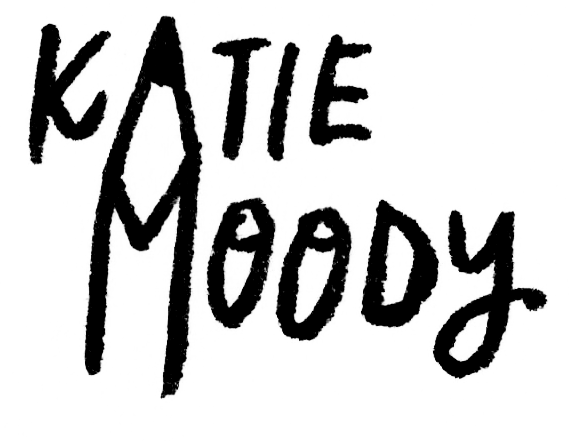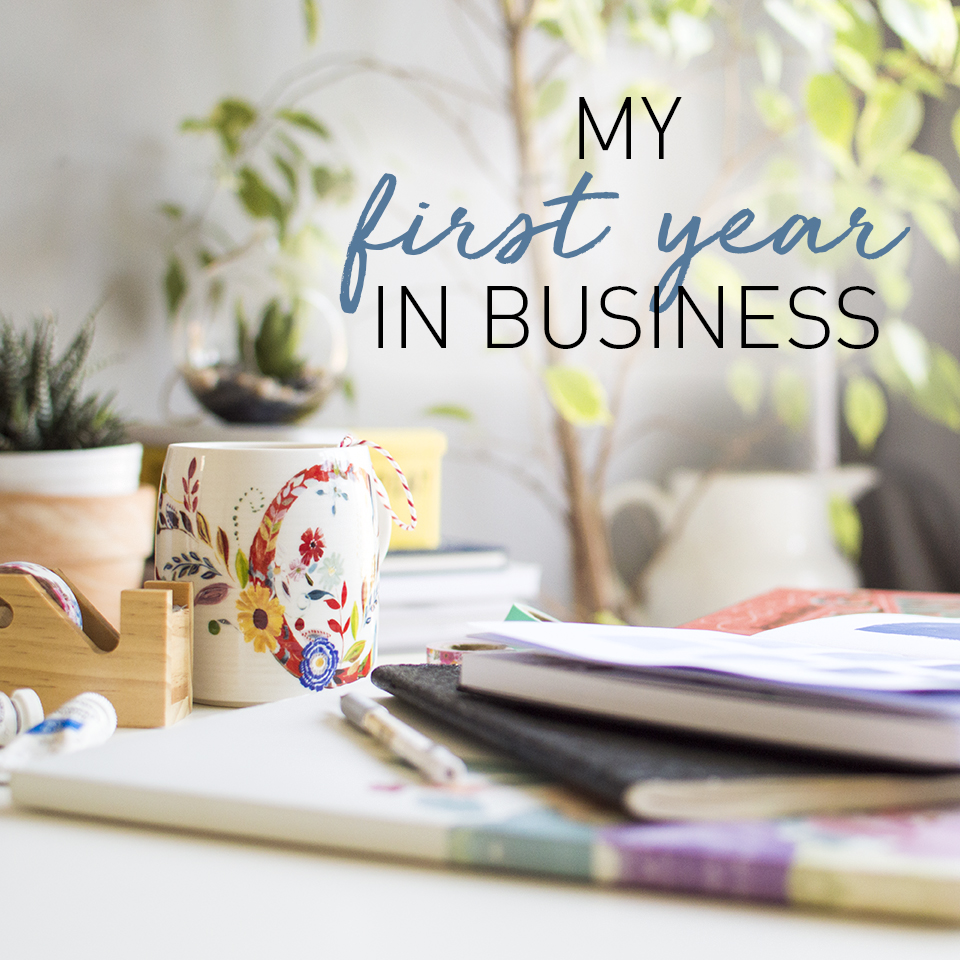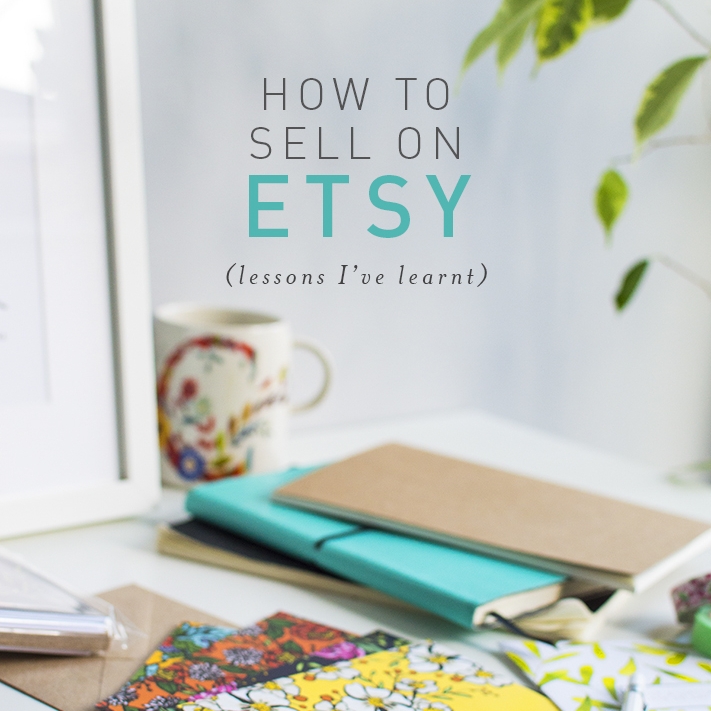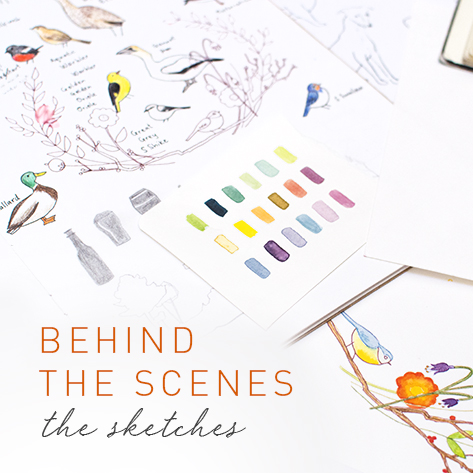Everything You Need To Know To Prepare For A Craft Market
Craft fair season is upon us and, whether you’re a seasoned go-er or you’ll be attending your first one as a seller this year, hopefully this post will help! I’m not an expert by any means but I’ve picked up a few things along the way so wanted to share.
My next fair is the Southampton Etsy Made Local festive market, coming up soon on December 2nd. Etsy Made Local events are up and down the country so be sure to check the website if you’d like to pop along to your local one. Ok, on to the tips!
STOCK
This is probably high on your priorities list and the first thing you’ll be sorting, but not always an easy one to work out! I find things that sell well online don’t often correlate with what sells ‘in real life’. My cat and dog stickers were flying off the table at my last Christmas fair, but don’t sell as well in my Etsy shop. It’s important to remember that these smaller, lower value items may sell better because the customer doesn’t have to factor in postage – so unless they’re creating a multiple item order, they may not buy it online. That means it does make it harder to know how much stock to take, but I’d definitely take a range of lower priced items as well as things at a higher price point.
I tend to pack as much as I can manage, and personally I go for taking more stock than less. It’s totally up to you though, and I know a lot of makers take a set amount and if they sell out of certain items, then they sell out! A great idea if this happens, is to take names and add anyone interested to a list, so you can email them when you get them back in stock, or email them the next day with a link to your item in your online shop to help convert sales.
Getting to the venue is a big factor as to how much stock you can take too, so bear this in mind. I pack everything into suitcases so it’s really easy to wheel and transport into the venue - much easier than lugging big boxes or bags!
INSURANCE
This is one of those things that is often forgotten about or you may not even realise you need! Public liability insurance is a must for selling at markets and shows – it covers any injury or property damage that could happen to a visitor in connection to you and your biz. A lot of craft fairs won’t let you sell without this insurance, so be sure to check! I use A-N for mine, and £38 covers me for a whole year.
FLOAT
This is another tricky thing to work out in advance. It depends on your prices as to what denominations of cash you need – all my items end in either .00 or .50 which makes things a lot easier! The hand embellished cards in my online shop are usually £2.75, but to save the hassle of taking smaller coins to the event, I lower this to £2.50 to match my other cards for in person events. For a one day market, I usually take a £100 float and have plenty of change - lots of 50ps and £1 coins for me.
A really great idea, and one that is almost a necessity nowadays, is to have a card machine! Everybody carries a card, so those customers who’ve run out of cash don’t have to worry. You could lose out on a lot of potential sales so I really think it’s a good investment. I use an iZettle, which I got on a really good deal and easily links to an app on my iPhone. I’ve also heard good things about the Payleven, but be sure to do some research to see what’s best for you.
ADVERTISING
Most markets and craft fairs have a small budget for flyers, posters and other marketing material, but word of mouth is by far the easiest way to spread the word. Shout about the event on your social media, click attending on Facebook events and regularly update your audience about how the prep is going. This’ll keep it fresh in their mind and drum up some interest and energy for the event. Enlist friends and family to share posts about the market and really build up the hype! It’s hard to know how many people will attend but craft markets, and particularly Christmas ones, can have a lot of footfall. And, of course, the more people who know about it and attend will mean higher profits and priceless conversations with your customers face to face - it’s a win win.
DISPLAY
I love styling and displaying products, so I always enjoy this part. I would never be able to decide on the day though! I highly recommend planning out your display before the day to work out what looks best, so mark out the space you have on a table at home and see what you can do. It saves a lot of stress and also helps you to work out how much stock you can display in the first place. It’s also at this point that you can decide if you need additional things to go on your table - perhaps a mini shelf or stand, a board to display pins, cardboard stands for greetings cards or even wooden crates which are really popular now.
Display smaller items at the front so they don’t get lost, and utilise the space you have by creating layers. I had a shelf which I attached little legs onto from IKEA at the fair I attended in the summer, and it was a great way to display items that I wanted to have a bit more focus.
Use shelves and boxes to create height around the edge of the table, but remember not to block yourself out completely! You want to still be able to have that connection with the customer that make craft fairs so worth it in the first place. I also recommend having a look in Pinterest and Instagram at other makers displays at craft markets - they’re great for inspiration!
SIGNAGE
Communication is key for sales, connection and for the viewer to understand what you do and how you do it. Have a large banner with your logo/business name clipped somewhere visible - behind you on the wall is ideal, or clipped on the front of the table. Mine is just an A3 poster I printed at home that has my logo on, as well as some examples of what I sell - stationery, prints and paper goods. Pricing is another big one. I’ve always been the person who wouldn’t ask for prices at stalls or car boot sales, and sometimes it can be a bit awkward to speak up. To prevent this, have your prices really clearly laid out and make it clear what’s what.
SELF PROMOTION
Be sure to get some business cards printed up before the event, too! These are really quite inexpensive but a must have for an event like this. Even if the people visiting your stall aren’t looking to buy something on the day, they’ll most likely take a card so they can look you up once they’re home. I’d say 2/3rds of people coming to the market take the cards on the table, so keep them in an easy to reach place that won’t disrupt anything else on display.
Last year I also had a clipboard for my mailing list. Quite a few people put their names down on this and it’s another great way to keep in touch with potential customers. Be sure to send them an opt in email once you’ve added them on to your list, so it complies with GDPR.
QUIET MARKETS
Some fairs are quieter than others, or maybe the footfall wasn’t as high as you hoped. It’s not always possible to make back the money you’ve invested, either, and that’s a tough one! Obviously we create because we love it, but it is hard putting time and money into something that you may not see a return with. If this is the case, I have two things I like to remind myself of:
1 - It’s not always instant.
Even if you don’t get a sale on the day, it doesn’t mean you might not get a sale from that person later down the line. This is why business cards are so important! I’ve had customers who’ve kept a business card and then bought a product months down the line - when they’ve got a specific occasion and kept me in mind, or have moved house and finally have space to hang a print. I get quite a few follows on Instagram after markets too, so even if I’m not making sales, I am growing my community.
2 - See it as a networking thing.
I bang on about connection all the time, but it really helps! A craft market is the rare time you get to see your customers face to face if you have an online store. They get to meet YOU, as well as your products. A lot of the time, people are more invested in who you are and how you make them feel, rather than what you make. We can cultivate this over a long time online using social media, but it’s ten times easier doing this in person. So make the most of it!
Connect with the people who visit your stall - not just to get them to buy something, but to simply have a chat. You all have something in common, else you wouldn’t be at the market, so that’s a good place to start. (Sidenote - some people like to browse in silence, so gauge what they’re after. I always make a point to say hello and give a smile whenever someone comes to my table. People always respond - sometimes a quick hello back and eyes down to look at the products. Others want to talk to you about what you’re doing so they’ll say something more back - just take your cue from them).
Not only customers though, you’re also there to network with other sellers! These people are your people, make the most of it! I’ve found other makers at these events are always friendly and I’ve made friends with a lot of them, too. Get to know each other and keep in touch after the market as well.
LOOKING AHEAD
Craft fairs can be highly competitive, particular large ones that have a big following (Etsy Made Local/Renegade/Crafty Fox) and have limited spaces. Be sure to keep your eye out on their social media well in advance - registration is important!
That was a bit of a long one, eh? I hope you found this useful in some way, and if you did, please do let me know! Even if you’re not a seller at a craft fair, hopefully this shows a bit of the behind the scenes and just how much planning goes into one event!







